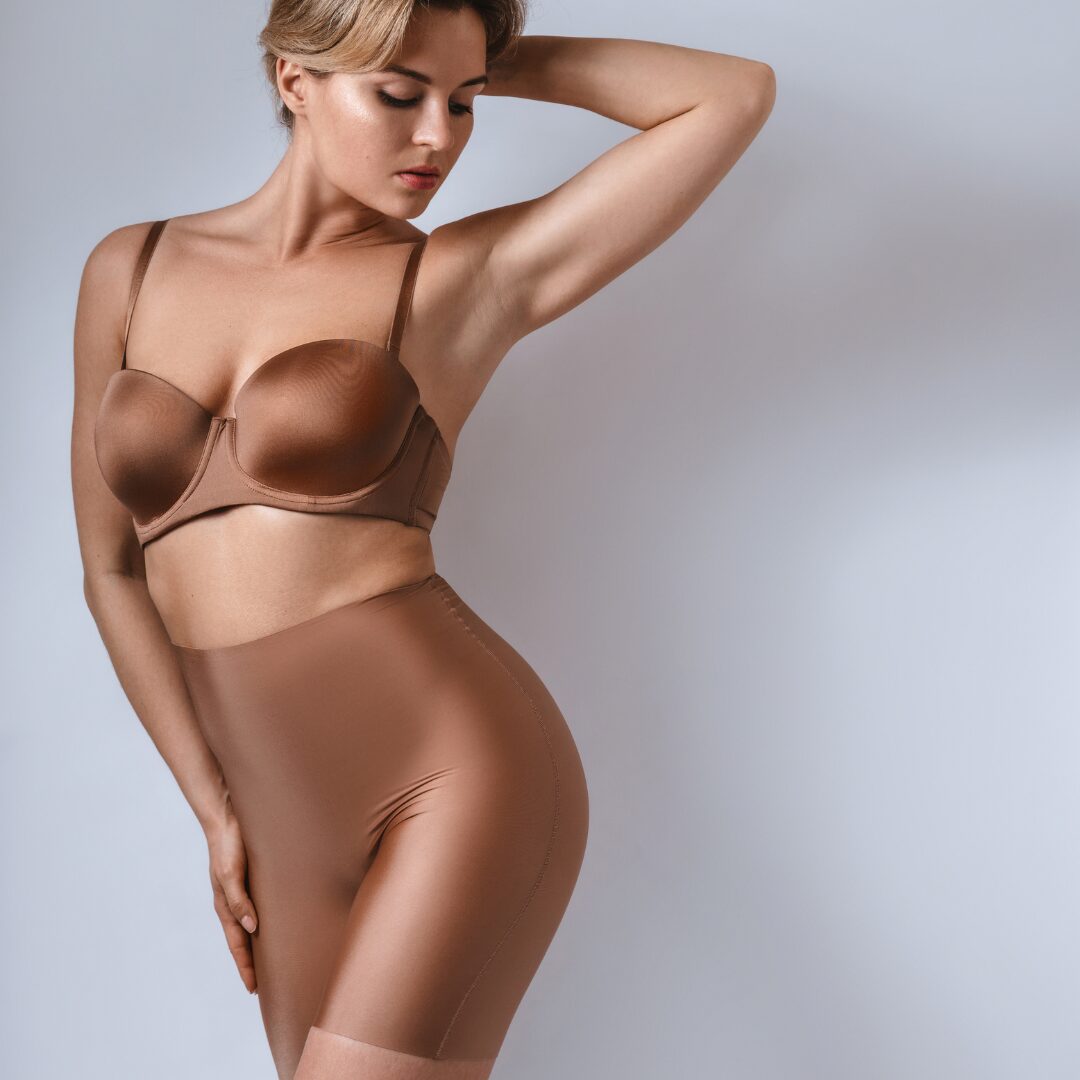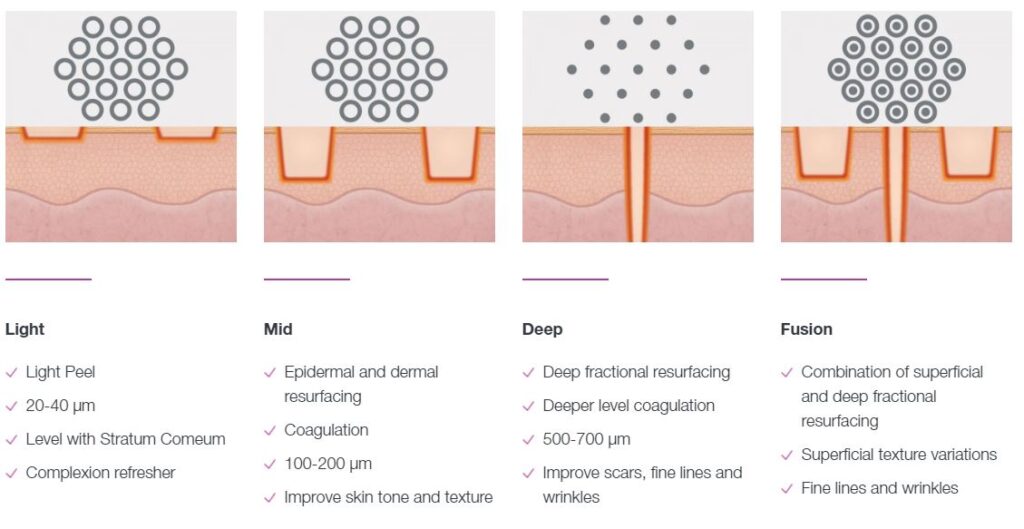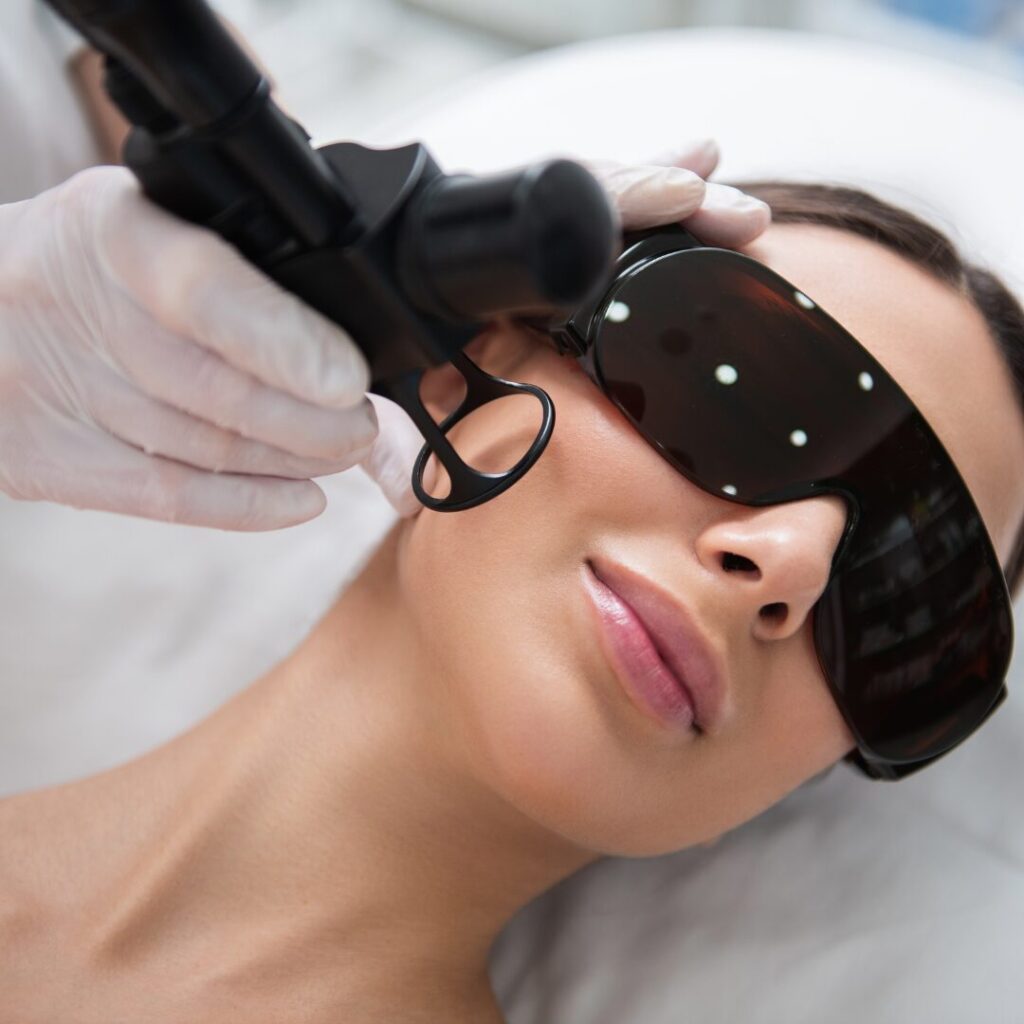

How Laser Resurfacing Works
The Q-Switched laser delivers precise, high-intensity pulses of energy that penetrate the skin’s surface to target uneven texture, fine lines, pigmentation, and sun damage. This controlled energy creates microthermal zones that stimulate the skin’s natural healing process, encouraging the production of new, healthy skin cells without harming surrounding tissue.
Role of the Fractional HP Handpiece
The Fractional HP Handpiece enhances the resurfacing process by delivering focused thermal energy deeper into the dermis, where it stimulates collagen remodeling and improves skin firmness. This dual-action approach not only accelerates skin regeneration but also helps reduce downtime, refine pores, and smooth scarring—making it especially effective for ageing, sun-damaged, or acne-scarred skin.
Laser resurfacing is ideal for individuals looking to improve skin texture, reduce fine lines, minimise pores, fade pigmentation, and rejuvenate overall skin tone. It’s suitable for most skin types and is especially beneficial for those with:
Sun-damaged or ageing skin
Acne scarring or uneven texture
Enlarged pores or dull complexion
Mild to moderate pigmentation or melasma
Fine lines and early signs of ageing

It’s essential to avoid sun exposure or any other form of tanning prior to a Carbon Laser Peel treatment and use an SPF30+ sunscreen every day
Prepare your skin with specialised skin care products, recommended for at least two weeks prior to treatment.
Avoid active skincare ingredients such as retinol, AHAs, and BHAs for at least 5 days before your treatment to reduce the risk of sensitivity.
Avoid heat or excessive sweating for 48 hours.
Do not use any active skin care products for 24-48 hours post treatment.
Use SPF30+ every day between treatments.
Smooths rough or uneven skin, leaving it softer and more refined
Minimises the appearance of fine lines and wrinkles by stimulating collagen renewal
Targets sunspots, age spots, and Melasma for a more even skin tone
Helps shrink enlarged pores by tightening and rejuvenating the surrounding skin
Promotes natural collagen synthesis, improving skin firmness and elasticity
Reveals fresher, brighter skin by removing damaged surface layers
Laser Tattoo Removal feels like a quick elastic snap against the skin and is usually tolerable, but numbing options are available.
The number varies depending on the tattoo's age, depth, ink type, and your skin, but most require between 6–10 sessions.
It depends on the medication—please inform your clinician, as some drugs may increase sensitivity or risk.
Most colours respond well, but darker inks like black and blue fade faster than lighter ones like yellow or green.
The area may appear red, swollen, or slightly blistered temporarily, similar to a mild sunburn.
Sessions are typically spaced 6–8 weeks apart to allow the skin time to heal and the body to clear the ink.
Laser tattoo removal is not recommended during pregnancy or breastfeeding due to limited safety data.